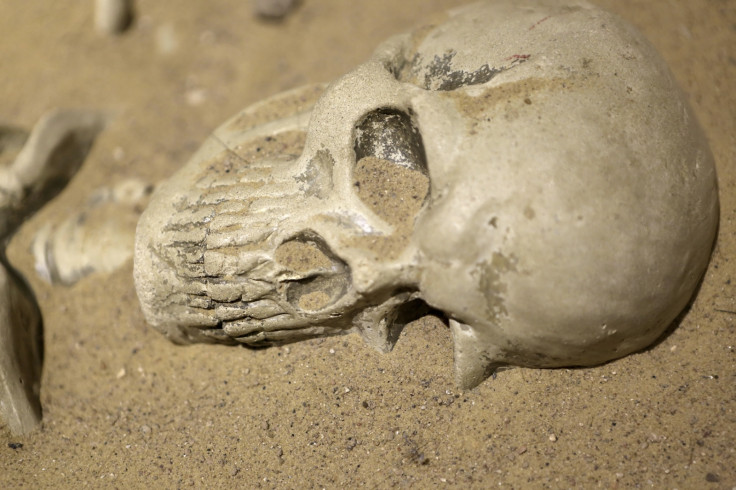Ancient skulls tell new story of violence and bloody warfare in Mesopotamia
Violence was less widespread in Mesopotamia than in the rest of the Near East 5,200 years ago.

Between 5,200 and 2,500 years ago, violence was probably less widespread in Mesopotamia than in neighbouring regions, a study has revealed. Ancient craniums from the region bear little signs of trauma compared to those found in the Levant or in Anatolia.
A potential explanation is that the early emergence of state structures may have prevented outbreaks of violence between the inhabitants of Mesopotamia.
At many archaeological sites around the world, evidence of violence can be observed first hand on skeletal remains. While some indicators of violence are quite ambiguous (such as fractures of the arm bones), other signs are a clear testimony of deadly conflict between humans (projectiles embedded in the bones).
Another good proxy for violence is the presence of cranial lesions on skeletons, as these injuries can be the results of accidents but are more often attributed to interpersonal violence in the context of war.
Surprisingly, evidence for cranial trauma during the Bronze Age and the Iron Age is sparse in Mesopotamia compared to other regions, even though many human remains have been uncovered there in the last two decades.
"I have been active as an archaeologist in Mesopotamia for 20 years, and I was struck by the fact that there was a very low frequency of cranial trauma on the remains that I examined. I decided to investigate and see what had been discovered previously on the subject", archaeologist Arkadiusz Sołtysiak told IBTimes UK.
The archaeologist set out to investigate how widespread violence really was in Mesopotamia, especially in a context of increase warfare during the Bronze and the Iron Ages (between 5,200 and 2,500 years ago). His findings are now published in the Journal of Osteoarchaeology.
Literature review
Sołtysiak, a researcher at the University of Warsaw (Poland), conducted a review of the available scientific literature on the topic (both published and unpublished), thus gathering cranial trauma data from 25 archaeological sites located in Mesopotamia. Craniums from 1,278 individuals, spanning a long period from the Pre-Pottery Neolithic to modern times (from about 8700 BCE to 1500 CE), were analysed in these papers.
Sołtysiak's review of the data confirmed what he had observed previously – the frequency of cranial trauma was low in Mesopotamia, standing at 2.2%.
This may sound a little puzzling. Historical sources from Mesopotamia feature many records of bloody military conflicts and there is a lot of evidence available for large military actions taking place in the region at least since the mid-third millennium BC. A higher frequency of violence-related injuries would therefore be expected.

But Sołtysiak points out that men and women were similarly affected by cranial trauma and sharp-force trauma and evidence for injuries made with swords or axes was rare. These injuries were probably the result of accidents or small-scale conflicts between individuals rather than warfare.
There also seems to be a decline in cranial trauma from the Neolithic to later periods, suggesting a general decrease in the rate of violence in the Bronze Age and in the Iron Age.
The archaeologist believes that the early formation of state-like structures in Mesopotamia may explain both why violence declined when it did and why it was less widespread than in other regions.
"In the Levant and in Anatolia, states were created much later and the central authority was not as strong as in Mesopotamia. The early emergence of state-structures and the establishment of professional armies in Mesopotamia meant that most farmers and city dwellers became less involved in violent conflicts from the early Bronze Age. It helps explain why levels of violence at the time were low compared with other parts of the Near East", he said.
© Copyright IBTimes 2025. All rights reserved.






















